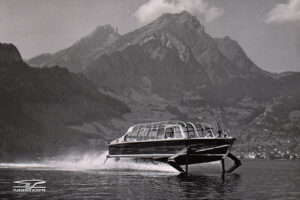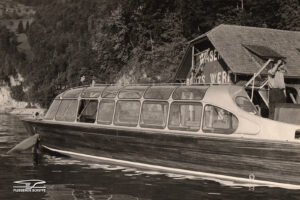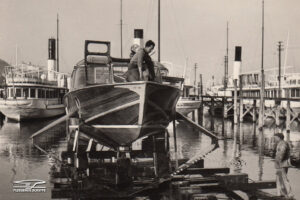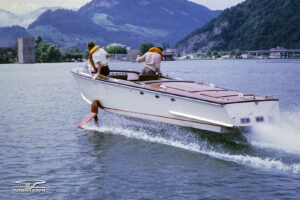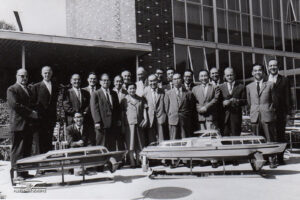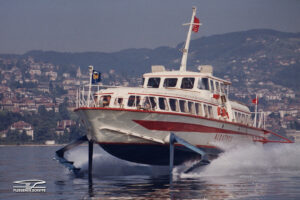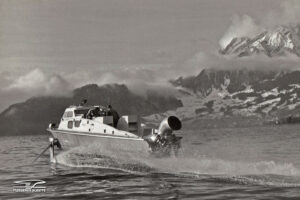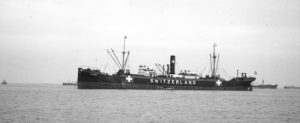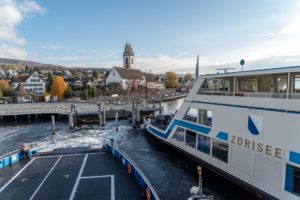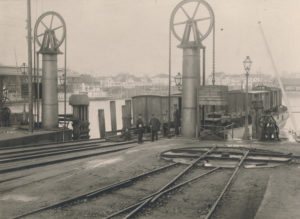Flying boats
From the 1950s onwards, Lake Lucerne served as the testing ground for a new type of technology. Over a period of more than 20 years, hydrofoils glided over the surface of the water. From Lake Lucerne, the futuristic-looking craft went on to make their mark on the world.
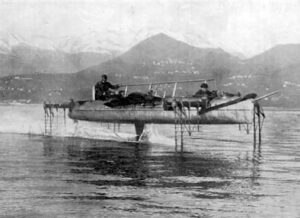
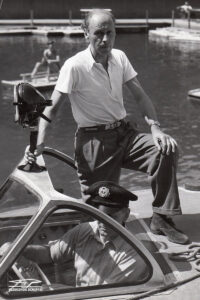
From Lake Lucerne to the oceans of the world
International interest
Miracle of lightweight design
Trailer for the documentary "Fliegende Schiffe", about the development of hydrofoil craft. Wuhrmann Enterprises / YouTube
